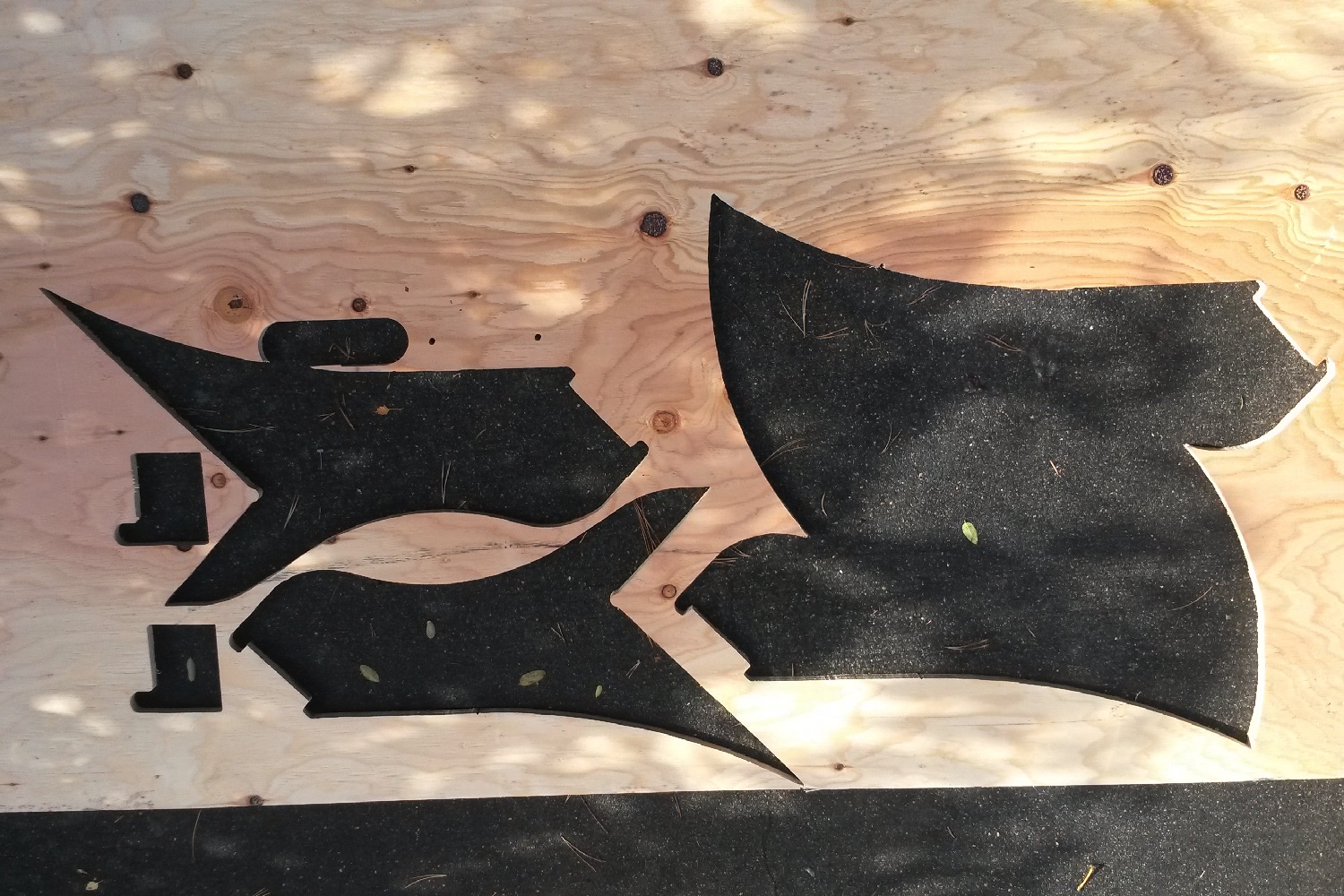“Maslow is a machine which lets you design things on the computer and then it cut them out of a 4×8-foot sheet of plywood,” co-creator Bar Smith told Digital Trends. “Think ‘3D printer for things made from plywood.’”
CNC machines aren’t new. At a price point of just $350 per kit, though, what is new about Maslow is its cost. “Our revolution is that we’re making it cheap,” Smith continued. “If you buy a boat or an airplane today, the parts were almost certainly made on a CNC cutting machine, but that machine cost somewhere in the $20,000 — $300,000 range and lives in a factory. By making the machine affordable to more people, we’re taking that factory tool and putting it in your garage which has huge implications.”
Maslow is also totally open source, with the source code available for free on the company’s website.
“Our ideal customer is anyone who hasn’t had access to CNC equipment before,” Smith said. “This type of technology has been around for decades, but only engineers have really been able to get hands on with it. We want to see engineers continue to build fantastic things — but also gardeners share designs for greenhouses and bee boxes, or craftsmen and architects sharing designs for new styles of houses.”
If you’re tempted to join the Computer Numerical Control cutter revolution (try saying that five times quickly!), you can do so over on the campaign’s official Kickstarter page. Shipping is set to start in February next year, with the majority of kits shipping a few months later in July.
Then it’s just the tiny matter of designing and building your own house. Or plane. Or…







